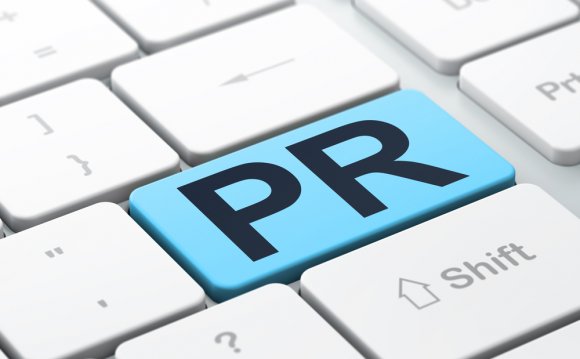
Learn how to use them. Then ditch the rest.
But I say no. Quite the opposite.
Sample as many tools as you can. A wide range.
Work out what they can do for you. Then dip in and out of them.
Granted, you'll have your favourites. And when you establish what they are, take out a subscription.
But keep all those other ones in your back pocket. The free ones.
All have their strengths and weaknesses and it's only through using them you'll work out what they can do for your clients.
Tools are no substitute for knowledge BUT they can help you complete tasks quicker and better.
You don't have to gorge yourself on them like I do.
But if you don't know what they can do or how to use them, you're in deep water as a modern day PR.
Codicil
Most tools mentioned in this post have free versions and paid.
They also have desktop versions, apps, and Chrome extensions. They can email you information daily/weekly.
How you use each tool is up to you. For my most popular tools, I use the Chrome extensions (SimilarWeb, Email Hunter, MozBar), many I ask to email me (Nuzzel, Medium, Riffle), some are built into my Gmail (Rapportive, Crystal), some magically appear on Twitter (Klout), some are built into any form I fill in online (Lazarus, Grammarly), some sit as programs on my desktop (Screaming Frog).
And so it continues.
My point is: you need to set up your own stack and get it working for you. Your workflow.
Further reading (x5)
Here are the top five up-to-date (20 July 2016) posts I’ve read on digital PR tools. Should you need any further inspiration. They cover the whole gamut of digital PR from SEO to list-building:
Two final tips
If you're considering embarking on the rocky road to full stack PR-dom, do this:
- Buy the best laptop you can afford/persuade your boss to invest in one.
- And work somewhere with high-speed broadband.














